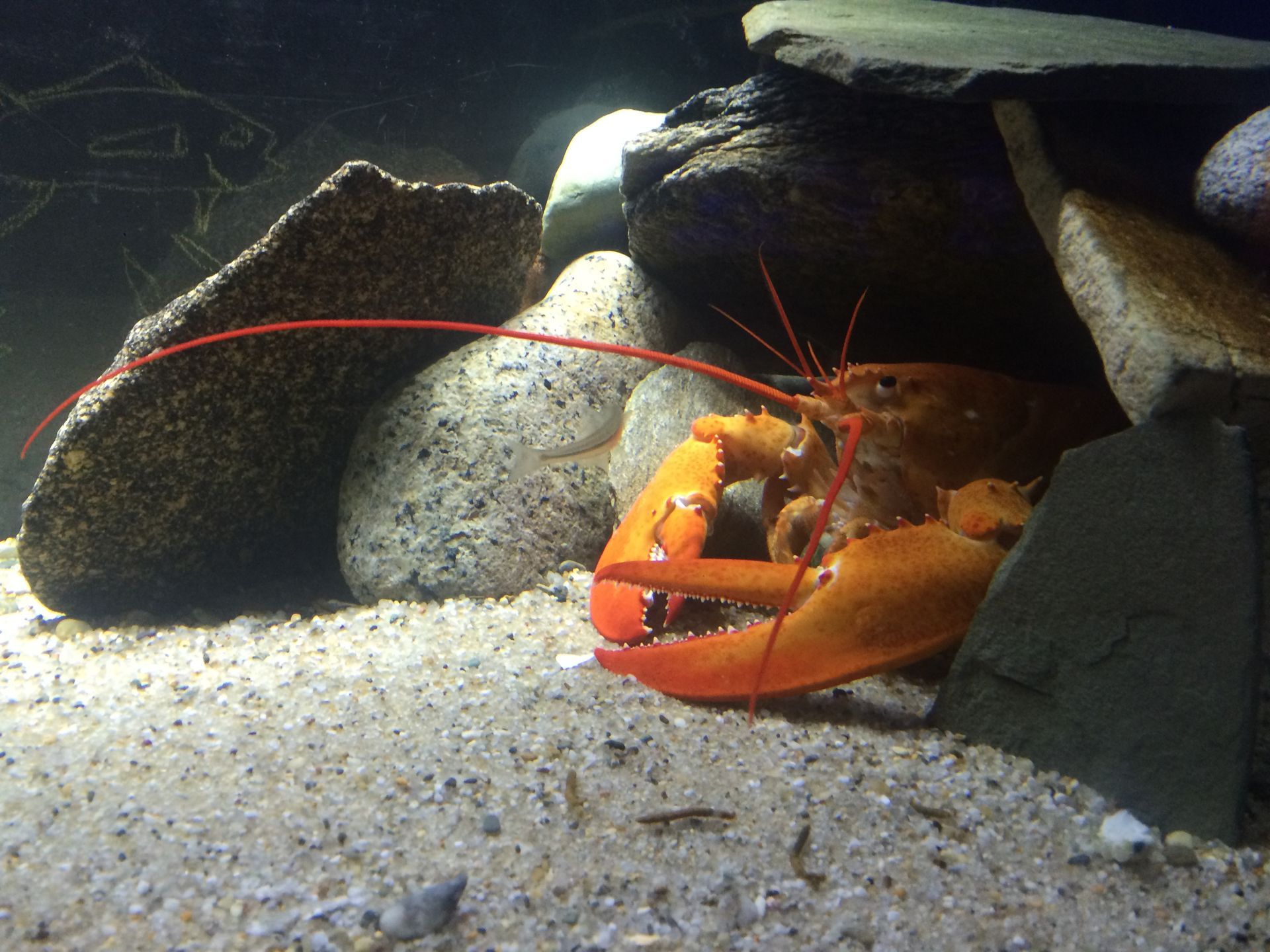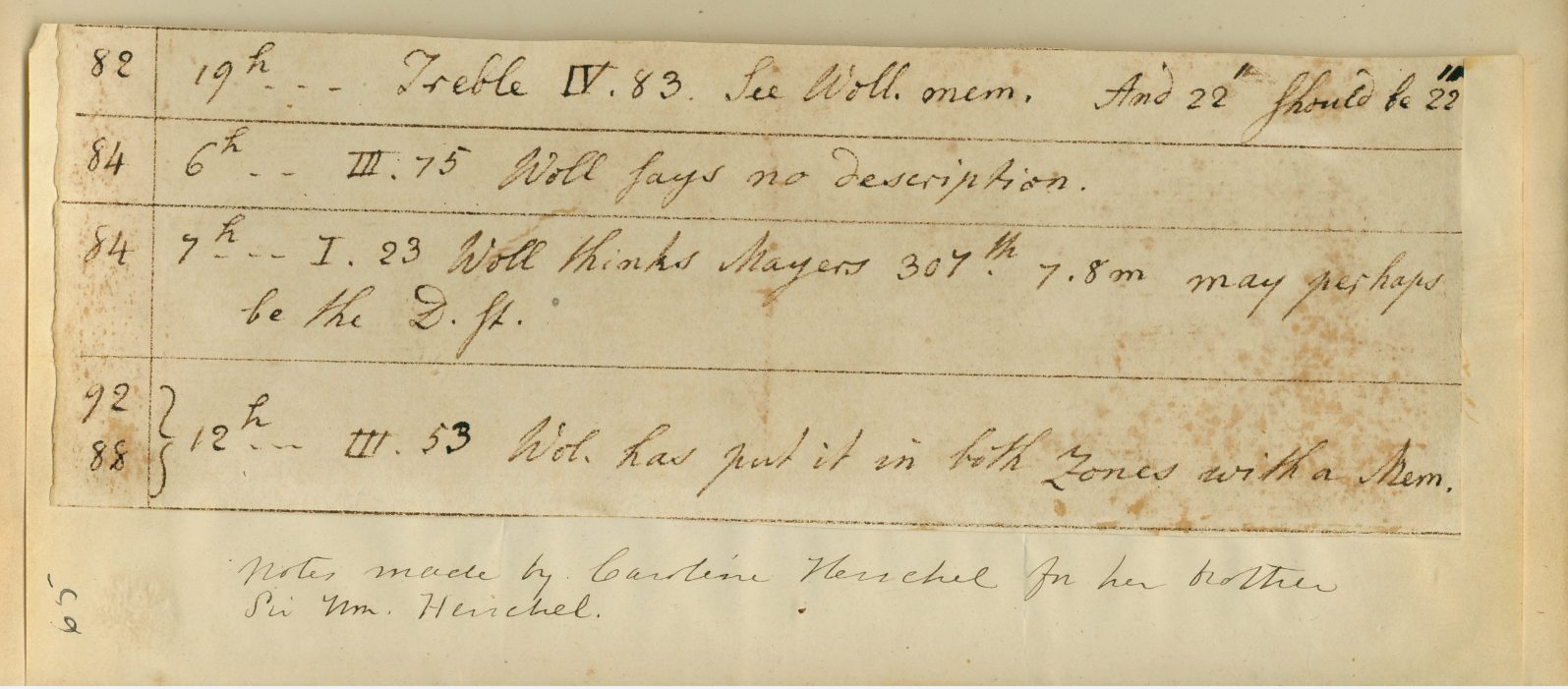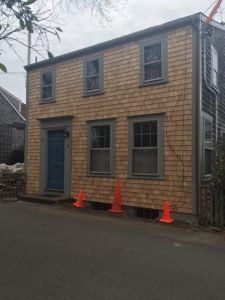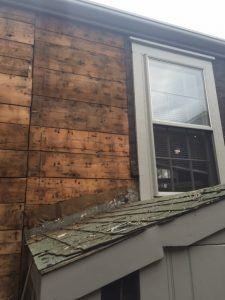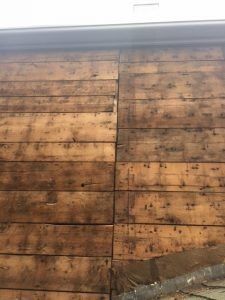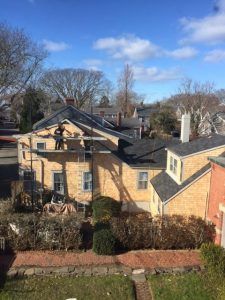More from Vestal Street –Astronomer’s Cottage Update
Well, sidewall and roof shingling is completed! If you walk or drive by, you will note that the façade of the cottage at 3 Vestal Street is now re-shingled. We think this is only the third or fourth time this portion of the cottage has been shingled. But, there are portions of the cottage that have never been re-shingled – you can tell this by the nail holes – and also the removal of shingles has revealed some things to us which are quite exciting.
As you can see by two images, the house has been altered since it was built in the early 1830s. The roof-line was changed – likely to accommodate better living space on the second floor, the chimney removed, and a pent roof and more Victorian front door was added (such a thing was not of the 1830s) but then later removed. When I was a child, a porch existed on the east side – removed when the Observatory Seminar Room (the shingled addition that “bumps” into the east side of the cottage) was added in 1987.
What’s even more interesting is the back of the cottage. This questionable area was better able to reveal itself when the shingles and tar paper were removed on the sidewalls. As you can see in the image, the sheathing is separated – it has an almost perfect cut down it. Where that cut exists, there is a corner post! That means this last sheathing portion is a later add-on or “wart’ as we commonly call them on island. This is also apparent inside the back kitchen ell where the floor drastically slopes towards the bathroom and pantry. So, while the kitchen ell may have been added after 1830, the even further back portion of the kitchen ell was added at a later date – likely to provide the cottage with a bathroom once running water was introduced. This is also why kitchen ells are so important – this was always where water was first introduced to a house – the kitchen where it was needed for cooking and cleaning and because of this fact, the kitchen ell was always where the one and only bathroom was introduced – unless the house had a full basement and the toilet often went there right under the kitchen. Many years ago, before the MMA put on the back addition to Hinchman House there was an old summer kitchen. And in the basement, the toilet. It used to be enclosed by a very rickety shed-like structure to make it a bathroom. I remember being terrified of it!
Recent Posts
